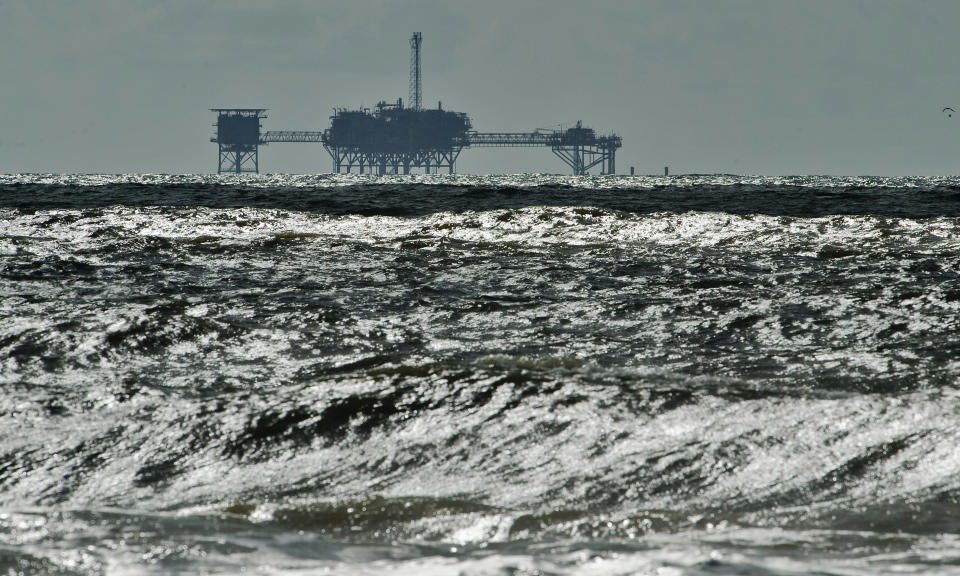Tropical Storm Barry puts oil refining in the Gulf Coast at risk
As Tropical Storm Barry rolls toward the coast of southeastern Louisiana, residents and business owners are racing to prepare for weather that’s forecast to bring up to 25 inches of rain and deadly flooding to the region. The National Hurricane Center warns of a dangerous storm surge that could “cause normally dry areas near the coast to be flooded by rising waters moving inland from the shoreline” potentially reaching heights up to 6 feet above ground.
Barry is poised to have an impact on the energy industry as offshore oil production is shut down in parts of the Gulf of Mexico. An oil rig located southwest of the mouth of the Mississippi River measured winds of 76 miles per hour, according to the National Hurricane Center. Chevron and Anadarko Petroleum have shut down oil platforms, stopping production, as a safety measure in anticipation of the storm.
“Offshore in the Gulf, roughly half of oil output is shut in — so roughly 1 million barrels a day. And roughly half of the Gulf’s gas output is shut in as well. The good news here is we depend a lot less on the Gulf today than we did a dozen years ago.” Vincent Piazza, Bloomberg Intelligence senior energy analyst, told Yahoo Finance’s On the Move.
The Gulf currently accounts for just about 3% of total gas output in the U.S. It accounts for 16% of oil output, but that’s also down from 30% a decade ago, according to Piazza.
“The most important impact in our view is to the refining capacity. The Gulf Coast is home to about 40% of refining capacity in the U.S.,” he said. “If you think about the path of the storm mostly going through Louisiana, that’s roughly 20%-25% of the capacity... so the refining complex is at risk.”

While supply is one component that affects oil prices, Barry could also impact demand, said Piazza, adding that the storm surge and impact of flooding can damage roads and infrastructure causing less people to get on the road.
Businesses brace for Barry
The National Weather Service has issued a hurricane warning for parts of Louisiana from Intercoastal City to Grand Isle, telling residents “this is a life threatening situation” adding that Barry is expected to strengthen to a hurricane before making landfall late Friday. President Donald Trump has also declared a state of emergency for Louisiana.

“For the companies we work with who are responsible for making sure their communities are prepared, big box retailers and others, they need to make sure they have the equipment and supplies that people are going to need in all of the effected areas,” said Jonathan Porter, Accuweather’s vice president of business services, told Yahoo Finance, who estimates $8 billion to $10 billion in damages because of flooding.
“Customers are working with us to determine what locations they are going to need to shut down, where they are going to need to use sandbags and other mechanisms to prevent flooding, and from a safety and risk perspective how to keep their employees and customers safe,” said Porter.
Nick Rose is a producer for Yahoo Finance.
Read the latest financial and business news from Yahoo Finance
Follow Yahoo Finance on Twitter, Facebook,Instagram,Flipboard,SmartNews,LinkedIn, YouTube, and reddit.

 Yahoo Finance
Yahoo Finance 